The fastest land animal, Cheetahs can reach a top speed above 100 kilometers per hour (in short bursts), accelerating from 0 to 70 in just 2.5 seconds. This is a result of very flexible spines which curve far enough to move the hind feet in front of the forefeet. The light skeleton makes it easier to carry its weight while running, the long tail is crucial for balance, and the large nostrils and large heart combine to enable faster breathing and faster pumping of blood, which supplies the muscles with more oxygen while running. They are found in three main social groups, females and their cubs, male "coalitions", and solitary males. While females lead a nomadic life searching for prey in large home ranges, males are more sedentary and instead establish much smaller territories in areas with plentiful prey and access to females. The closest relatives of cheetahs are cougars or puma and jaguarundi. Together, these three form the Puma lineage.
For the past so many decades, we have always seen the Cheetah as a wild cat native to only the African continent. Little has it ever made us wonder about its origins and its relationship with other parts of the world. Thanks to some smart marketing strategies, Africa is now considered the home of almost all wild cats, but if we go down historical lanes, it’s not what it really looks like. A name derived from the Sanskrit word, “chith” meaning ‘spotted’, it's hard to believe that the Asiatic cheetahs have had no ties with the Indian subcontinent. There has definitely been a time when the forests of India were home to this majestic wild cat. It has been traced through ages that until the 20th century, cheetahs were quite common in the Middle East, Afghanistan and India.
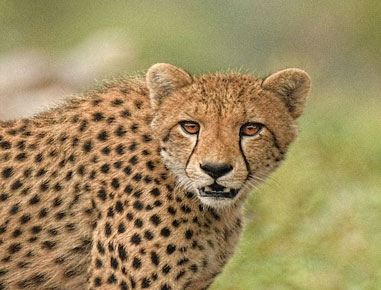 Cheetah
Cheetah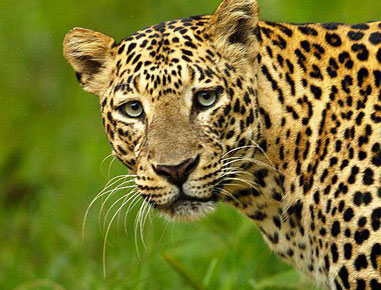 Leopard
Leopard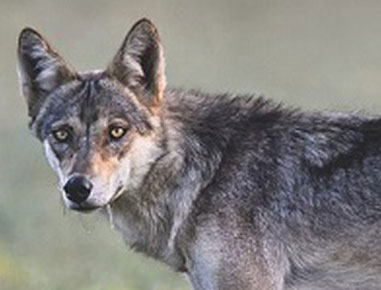 Wolf
Wolf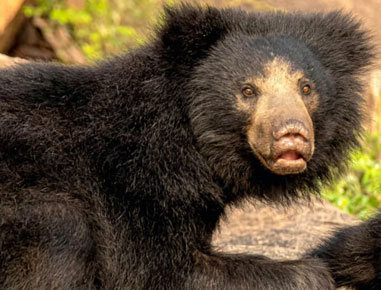 Beer
Beer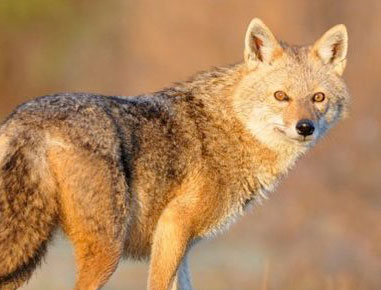 Jackal
Jackal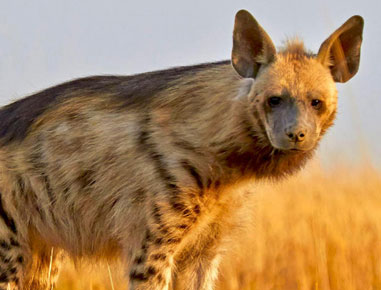 Hyena
HyenaAre you looking for cheetah safari in kuno India with luxury accomodation?
A Unit of Tigerwalah | Developed By EVA WEB TECH